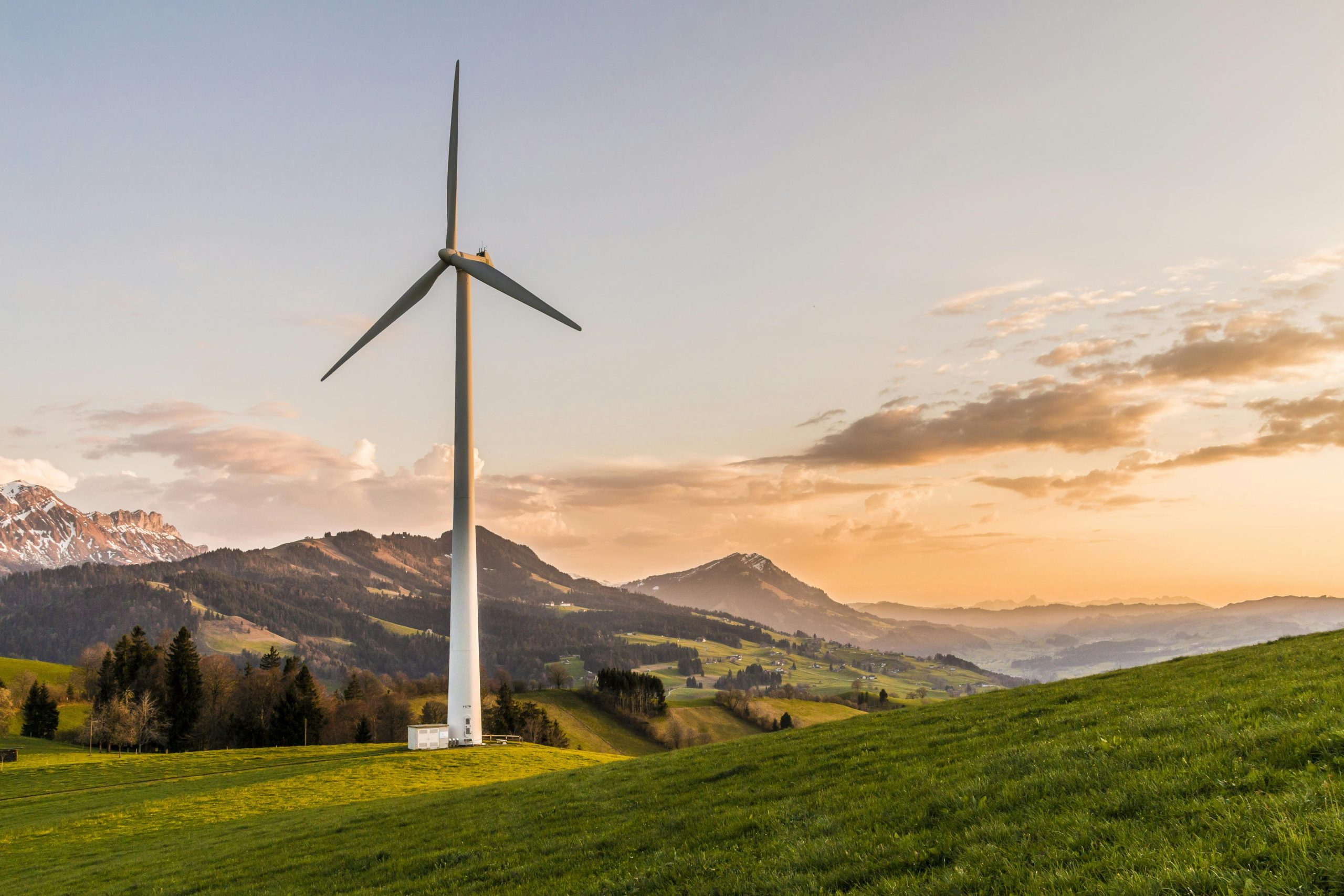Renewable energy sources like wind and solar power are becoming increasingly important in the fight against climate change. However, their variable nature poses challenges to the traditional power grid. This is where artificial intelligence (AI) comes in. AI can be used to optimize the storage and distribution of renewable energy, ensuring that it is used efficiently and effectively. In this article, we’ll delve into how AI is being applied to optimize energy storage systems for renewable power.
AI in Energy Forecasting
Predicting energy demand and supply is crucial in the effective management of any power grid. This is especially true for grids that rely on renewable energy, as weather conditions can significantly impact power production levels.
A découvrir également : What’s the Future of Non-Invasive Blood Glucose Monitoring Tech?
AI is increasingly being used to forecast energy supply and demand. By analyzing vast amounts of data on weather patterns, consumption trends, and grid status, AI algorithms can predict future energy needs with a high degree of accuracy. This forecasting ability allows for better planning of energy production and storage.
For instance, if AI predicts a sunny day, the solar power generation will be high. Knowing this in advance, the management can prepare to store excess energy and use it when demand exceeds supply.
A lire en complément : Can Voice-Controlled AI Assistants Improve Efficiency in UK’s Home Healthcare?
Moreover, AI can also optimize the operation and maintenance of renewable energy systems. Predictive maintenance, powered by AI, can identify potential issues in the system before they become significant problems. This allows for timely repairs, reducing the chance of system failure and ensuring the efficient functioning of the renewable energy grid.
AI and Energy Storage Optimization
Storage plays a crucial role in renewable energy systems. Due to the variable nature of sources like wind and solar power, there are times when these systems produce more energy than is needed. This excess energy must be stored so it can be used when these renewable sources aren’t producing enough power to meet demand.
AI can help optimize this process. For instance, AI algorithms can analyze patterns in energy production and consumption, determining the best times to store energy and when to release it to the grid.
Battery storage systems are a common method of storing renewable energy. AI can monitor battery health and performance, ensuring they are operating efficiently. If the AI identifies a battery that isn’t performing optimally, it can trigger maintenance or replacement.
AI and Smart Grid Management
A smart grid is an electricity network that uses digital technology to monitor and manage the transport of electricity from all generation sources to meet the varying electricity demands of end-users. AI is an integral part of smart grid systems. It helps in the real-time management of energy flows, balancing demand and supply efficiently.
AI can analyze enormous amounts of data from different points in the grid. This information can range from the status of various components, weather forecast data, and real-time energy production and consumption data. By analyzing this data, AI can make fast and accurate decisions about where energy is needed most and direct it accordingly.
Moreover, AI helps in mitigating the risks associated with renewable energy. For instance, if a storm is approaching a wind farm, AI can help in taking preventive measures to protect the infrastructure and minimize energy loss.
AI in Demand Response Management
Demand response is a change in the power consumption patterns of an electric utility customer to better match the demand for power with the supply. AI plays a significant role in managing demand response. By analyzing historical consumption data and weather forecasts, AI can predict future energy demand. This allows utilities to plan their energy production and storage efficiently.
Moreover, AI can help in creating dynamic pricing models. For instance, during times of high energy production and low demand, prices can be lowered to encourage consumption. Conversely, during times of high demand and low production, prices can be raised to discourage consumption. This helps in maintaining the balance between supply and demand in the grid.
AI and Renewable Energy Sources
AI is also being used to optimize the performance of renewable energy sources. For instance, AI can analyze wind patterns and adjust the angle of wind turbine blades to capture the maximum amount of wind. Similarly, in solar power systems, AI can adjust the angle of solar panels throughout the day to optimize sunlight capture.
AI can also help in the site selection for new wind and solar installations. By analyzing data on wind speeds, sunlight intensity, land topography, and other factors, AI can identify the optimal locations for new renewable energy installations.
In conclusion, AI is playing a crucial role in optimizing energy storage systems for renewable power. It is helping in energy forecasting, storage optimization, smart grid management, demand response management, and optimizing the performance of renewable energy sources. Its ability to analyze vast amounts of data and make fast, accurate decisions is proving invaluable in the efficient and effective management of renewable energy systems.
Machine Learning in Enhancing Energy Efficiency
Machine learning, a subset of AI, has been pivotal in enhancing energy efficiency in the renewable energy sector. Energy efficiency is the goal of efforts to reduce the amount of energy required to provide products and services. By finding patterns and making predictions based on large amounts of data, machine learning algorithms can help improve the efficiency of energy storage and use in renewable power systems.
One of the ways machine learning is used to improve energy efficiency is through optimizing the operations and maintenance of renewable energy systems. Predictive maintenance, a method that utilizes machine learning to predict failures in a machine before they happen, is vital in this process. By identifying potential issues before they cause system failure, predictive maintenance allows for timely repairs, minimizing energy loss and extending the life of the equipment.
Machine learning can also optimize energy efficiency by analyzing patterns in energy consumption and adjusting energy generation accordingly. For instance, if the data shows a trend of low energy consumption during a particular time of the day, the machine learning algorithm can adjust the energy generation to match this trend, thereby reducing waste.
Furthermore, machine learning can help enhance the efficiency of battery storage systems. These are common in renewable energy systems to store excess energy for use when demand exceeds supply. Machine learning algorithms can monitor the health and performance of these batteries, predict their lifespan, and provide alerts for timely maintenance or replacement, thereby ensuring their optimal operation.
AI and Real-Time Grid Management
Real-time grid management is another critical aspect where AI is making significant strides. In the energy sector, real-time refers to the immediate or nearly immediate data transfer and analysis. AI’s ability to process and analyze vast amounts of data in real-time makes it essential for effective grid management.
With AI, energy providers can monitor and manage energy sources, storage systems, and energy consumption in real-time. This allows them to quickly respond to changes in energy supply and demand, preventing power outages and ensuring the stable operation of the grid.
For instance, if there’s a sudden increase in energy demand, AI can analyze the real-time data and quickly divert energy from storage systems or increase power generation from renewable energy sources to meet this demand. Similarly, during times of excess energy production, AI can direct the surplus energy into storage systems, preventing waste and ensuring a steady supply when demand increases.
In addition, AI can also help in real-time risk management. By analyzing real-time weather data and grid status, AI can identify potential risks, like storms or equipment failure, and take preventive measures. This can include adjusting the operation of wind turbines or solar panels, triggering maintenance procedures, or rerouting power to prevent outages.
Conclusion
In conclusion, artificial intelligence is becoming a game-changer in optimizing energy storage systems for renewable power. Whether it’s through improving energy forecasting, enhancing energy efficiency, optimizing battery storage performance, or managing the power grid in real-time, AI is taking renewable energy management to new heights. Its ability to process large amounts of data in real-time and make accurate, timely decisions is proving invaluable in the goal of reducing our reliance on fossil fuels and moving towards a more sustainable, green energy future. As the renewable energy industry continues to grow, the role of AI in this sector will undoubtedly continue to expand.






